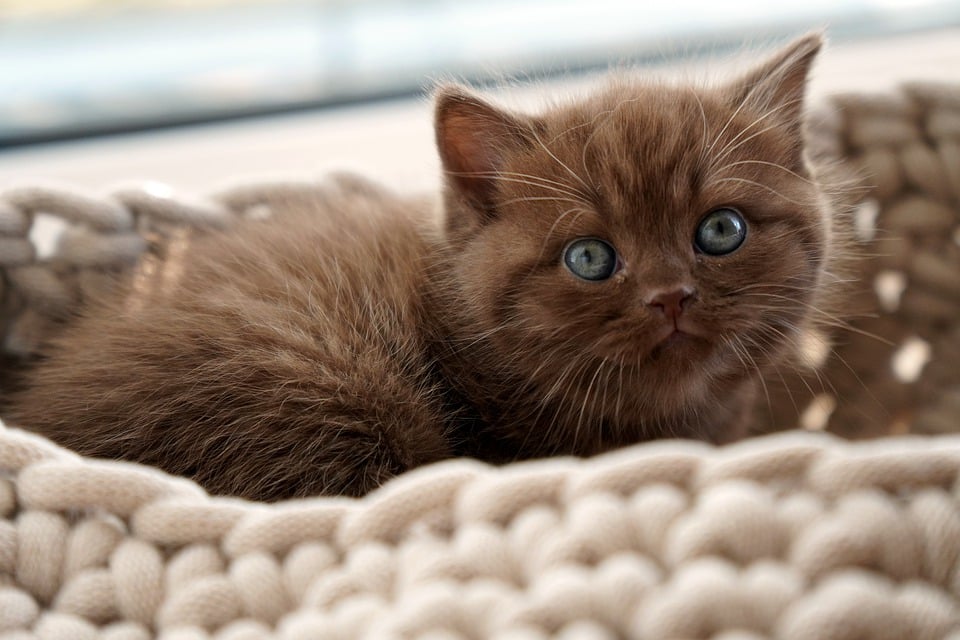Introduction:
Cats are known for their innate need to scratch, which can often lead to damaged furniture. However, with the right understanding of feline behavior and some effective strategies, you can redirect your cat’s scratching habits and protect your beloved furniture. In this article, we will explore the reasons behind cat scratching, along with practical tips and techniques to prevent furniture damage.
Understanding Cat Scratching Behavior:
1. The Purpose of Scratching:
– Why do cats scratch? Scratching is a natural behavior for cats and serves multiple purposes such as stretching their muscles, maintaining claw health, and shedding the outer layer of their claws.
– The benefits of scratching for cats’ physical and mental well-being. Scratching helps cats relieve stress, mark their territory, and engage in a form of exercise.
2. Instinctual Behaviors:
– Exploring a cat’s natural instincts and how they contribute to scratching behavior. Cats have an instinctual need to scratch in order to mark their territory and establish boundaries.
– The connection between scratching and territory marking. Cats have scent glands in their paws, and scratching leaves behind both visual and scent marks to communicate with other cats.
Redirecting Your Cat’s Scratching Behavior:
1. Provide Appropriate Scratching Surfaces:
– Understanding the ideal scratching surface for your cat. Cats have individual preferences when it comes to scratching surfaces, such as vertical scratching posts, horizontal scratching boards, or even sisal rope.
– Selecting scratching posts or boards that match your cat’s preferences. Experiment with different textures and materials to find the one that your cat enjoys the most.
2. Placement Matters:
– Strategic placement of scratching surfaces to encourage use. Place scratching posts or boards in areas where your cat spends the most time, such as near their favorite sleeping spot or by a window.
– The importance of offering multiple scratching options in various locations. Cats often have multiple preferred scratching spots, so providing a variety of scratching surfaces throughout your home will increase the chances of them using appropriate areas.
3. Attracting Your Cat to the Right Spots:
– Utilizing catnip, pheromone sprays, or treats to entice your cat towards designated scratching areas. These attractants can make the scratching posts or boards more appealing to your cat.
– Positive reinforcement techniques to reinforce desired behavior. Reward your cat with treats or praise when they use the appropriate scratching surfaces, and avoid punishing or scolding them for scratching furniture.
Protecting Your Furniture from Scratching:
1. Deterrent Techniques:
– Applying double-sided tape or aluminum foil to furniture surfaces. Cats dislike the sticky or crinkly textures and are less likely to scratch those areas.
– Using plastic or vinyl furniture covers to physically protect vulnerable areas. These covers create a barrier between your cat’s claws and the furniture, preventing damage.
2. Furniture Modifications:
– Trimming your cat’s nails regularly to minimize furniture damage. Keeping your cat’s claws short will reduce the potential for them to cause significant harm.
– Utilizing soft nail caps as a temporary solution. Soft nail caps can be glued onto your cat’s claws to prevent them from causing damage while still allowing their natural scratching behavior.
3. Training and Discipline:
– How to train your cat to avoid scratching furniture. Use positive reinforcement techniques to redirect your cat’s behavior towards appropriate scratching surfaces.
– The importance of consistency and patience in cat behavior modification. Changing your cat’s scratching habits takes time and effort, so be patient and consistent with your training methods.
FAQs: Common Concerns about Cat Scratching
Q1: Why does my cat only scratch specific furniture?
– Cats often scratch furniture that has a desirable texture or location. By providing appropriate scratching surfaces nearby, you can redirect their attention.
Q2: Are there any particular scratching materials that cats prefer?
– Cats have individual preferences, but common materials include sisal rope, cardboard, and rough fabrics like burlap.
Q3: Will declawing my cat solve the scratching issue?
– Declawing is a drastic and potentially painful procedure that should be avoided. It is not a solution to scratching behavior and can lead to other behavioral or health problems.
Q4: Can I use spray bottles or punishment to stop my cat from scratching furniture?
– Punishment or negative reinforcement is not recommended as it can lead to fear or anxiety in your cat. Instead, focus on positive reinforcement and redirecting their behavior to appropriate surfaces.
Q5: How long will it take to redirect my cat’s scratching behavior?
– The time it takes to redirect your cat’s scratching behavior varies depending on the cat and their individual habits. Be patient and consistent in your training efforts.
Conclusion:
By understanding the reasons behind your cat’s scratching behavior and implementing appropriate strategies, you can successfully redirect their scratching habits and save your furniture. Remember to be patient and consistent in your approach, and always prioritize positive reinforcement to create a harmonious environment for both you and your feline companion.








